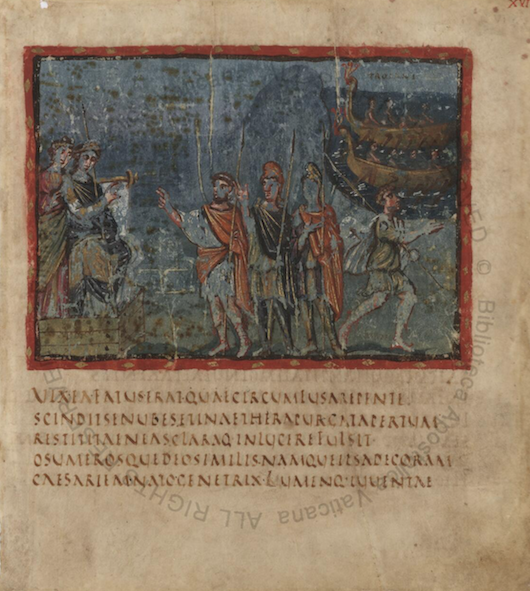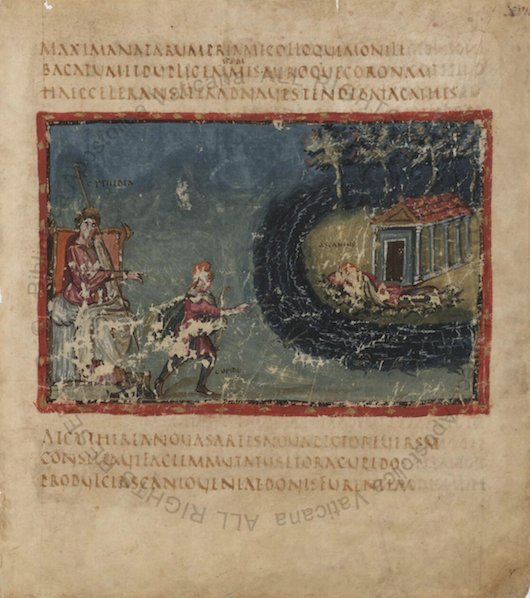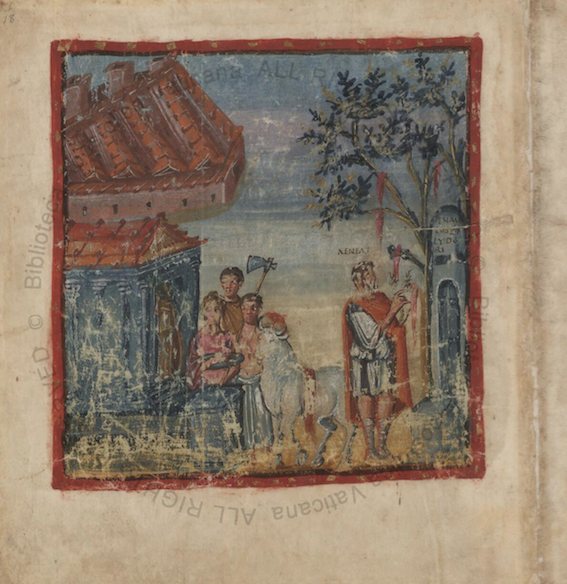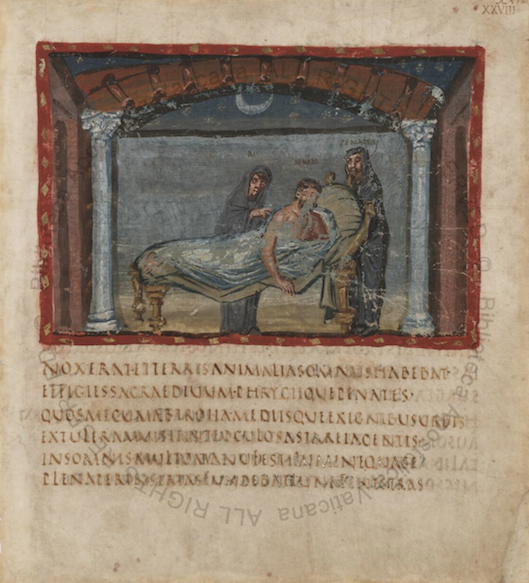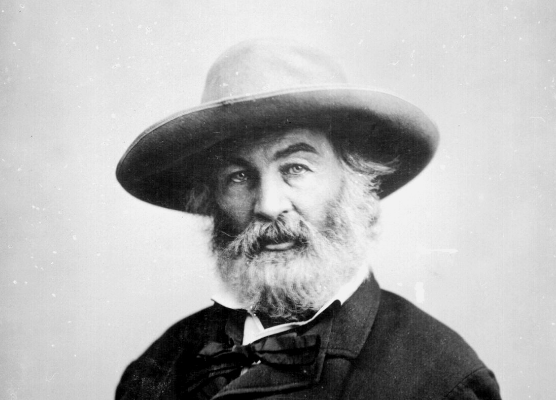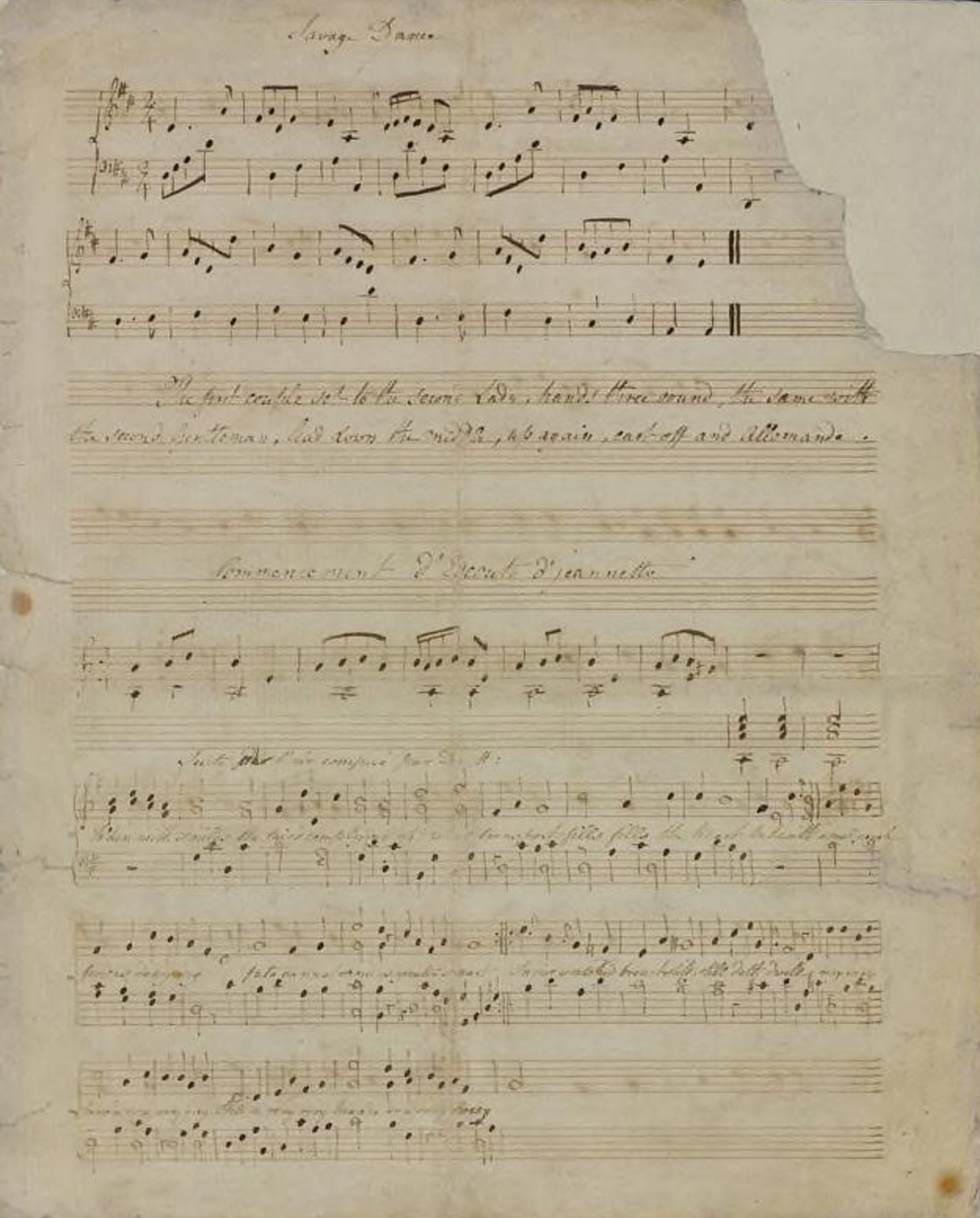Jack Kerouac’s On the Road has, in the almost 60 years since its publication, inspired its readers to do many things: some try their hands at writing their own carefully composed yet carelessness-exuding prose, but others find themselves moved to replicate the American road trip whose story Kerouac uses that near-inimitable style to tell. They might do so by following the author’s own hand-drawn map, or the more recently composed set of Google driving directions we featured a couple years ago. But now they have another detailed research tool in the form of Dennis Mansker’s interactive maps.
Mansker, himself the author of a book called A Bad Attitude: A Novel from the Vietnam War, has put together not one but four On the Road maps, each one detailing one of the road trips Kerouac used to create his Beat narrative of America: Map One follows his summer 1947 trip from New York to San Francisco by way of Denver and back again; Map Two, his winter 1949 trip from Rocky Mount, North Carolina to San Francisco by way of New Orleans; Map Three, his spring 1949 trip from Denver to New York by way of San Francisco; Map Four, his spring 1950 trip from New York to Mexico City by way of Denver.
“Click on one of the placemarkers on the map to see a quotation from the book,” Mansker explains. “Zoom in it to see the location on the map. In many cases where the narrative wasn’t clear on a given place, I’ve had to approximate — apply a ‘best guess’ solution to a given location.” He also provides information on the three cars, a 1949 Hudson, a 1947 Cadillac Limousine, and a 1937 Ford Sedan (as well as a Greyhound Bus (protagonist Sal Paradise’s transportation mode of choice “when he couldn’t boost a ride” with the irrepressible Dean Moriarty) which “themselves became sort of minor characters during the course of the adventures.”
“He came right out to Paterson, New Jersey, where I was living with my aunt,” writes Kerouac of Dean’s return to Sal’s life in the small city that figured early in that first 1947 road trip. “He was gone,” says Sal of Dean’s departure from his life as he recovers from a fever in Mexico City, the last stop of Kerouac’s 1950 road trip. “When I got better I realized what a rat he was, but then I had to understand the impossible complexity of his life, how he had to leave me there, sick, to get on with his wives and woes.” If you love Kerouac’s novel, by all means follow in his tire tracks — just make sure to find a more reliable traveling companion.
Related Content:
Jack Kerouac’s On The Road Turned Into Google Driving Directions & Published as a Free eBook
Jack Kerouac’s Hand-Drawn Map of the Hitchhiking Trip Narrated in On the Road
Jack Kerouac Lists 9 Essentials for Writing Spontaneous Prose
Based in Seoul, Colin Marshall writes and broadcasts on cities and culture. He’s at work on a book about Los Angeles, A Los Angeles Primer, the video series The City in Cinema, the crowdfunded journalism project Where Is the City of the Future?, and the Los Angeles Review of Books’ Korea Blog. Follow him on Twitter at @colinmarshall or on Facebook.


